There’s no easier way to douse a jib than with roller furling, and Harken, with a line of small-boat furlers, has brought the ease and convenience normally employed by larger boats within reach of small-boat sailors. Unlike furlers on larger boats, which use a rigid foil that spins to furl the sail, Harken's small-boat series uses stainless wire for the forestay, simplifying the setup and lowering the cost. These small furling drums are available in both conventional single line and the newer endless-line style. This hoistable swivel, used here with the conventional furler drum, is installed over the forestay for a regular hanked-on sail to be hoisted and furled. In this picture, the peak of the sail is attached via a pendant—the gray Dyneema and red lashing line—to set the jib peak below the jumper stays, so they do not interfere with it. The sail will be hoisted with the blue halyard attached to the swivel.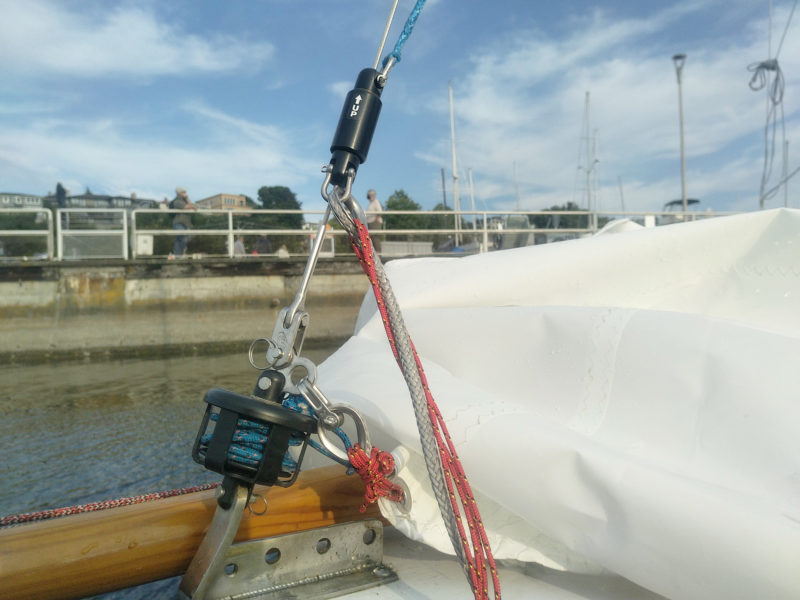 Photographs by the author
Photographs by the author
Join The Conversation
We welcome your comments about this article. To include a photo with your remarks, click Choose File below the Comment box.


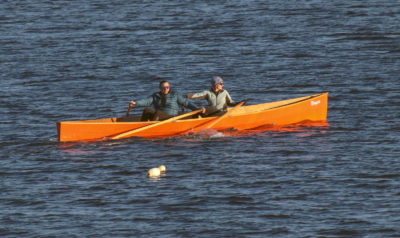

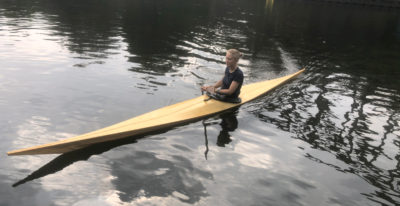
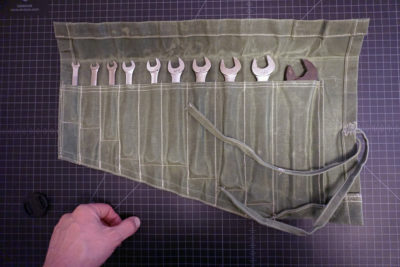
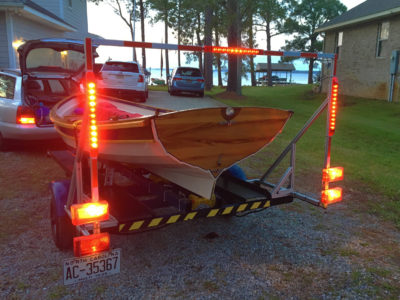
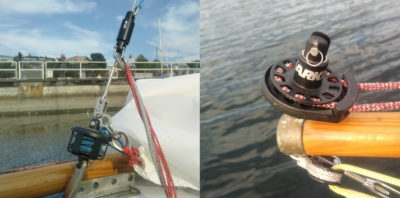



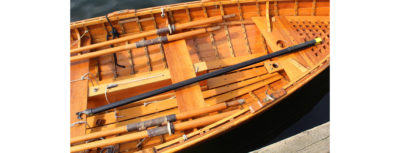
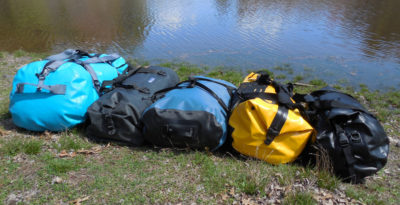
Great article. We have several small-boat furlers but weren’t familiar with the hollow sliding swivel or continuous-line furler. And while our Drascombe Lugger or Day Sailler rigs are not set up for “roller reefing,” no one has told Skipper, she always uses the furler to reef the jib out and in as we depart and return to the boat ramp, pretty as a picture. Once we crawl away from the dock under a scrap of jib on the Lugger I can raise the main, and she uses the jib furler like a throttle as we glide back in, having it perfectly furled when she stops the boat one inch from the dock. Magic!
We really enjoy the peace that a jib furler provides, no jib flapping at the dock, and the peace of mind of not having to go forward to tend the jib. Our friend Webb says he considers a jib furler an essential piece of gear when singlehanding small boats.
Thanks for the great bit of knowledge.
Cheers,
Kent and Audrey
I am interested in learning why reefing the jib is difficult. I have a 16′ sloop nearing completion and would love that feature as the jib is a pretty large overlapping size (120%).
Thanks for information
I installed my first jib furler on my little 21′ cutter. To use it, I couldn’t hank the Yankee jib to the headstay, so it had to be free flying. Luff tension came from winching the halyard with a “handy billy,” or little portable block and tackle. With this arrangement, you have to remember not to furl–or rather try to furl–while you are headed down wind. The jib wants to wrap itself around the headstay, which can lead to exciting moments if you do this in a rising wind.
I loved that Yankee jib, by the way. As soon as it started flying, you could feel the added power, and the instant increase in speed. It was the most powerful sail on the boat (which also had staysail and main).
Not having enough experience or good enough balance tend the jib on my CLC Passage Maker dinghy, I made my own roller-furling thingee from a wire spool and some swivels. This is a 12′ pram, sloop rigged. One swivel above the jib and a plastic spool mounted below, with the other swivel below the spool. Pull the jib sheets to set the sail, pull on the spooled line to furl it, make fast with a jam cleat. I have no other product to compare it to, having never used one before, but it works fine and costs less than $25 total.
I would like to attach a self furling jib to my Lightning. Looking for advice on what type and best way for mounting on the deck. Any other advice would be helpful.
Thanks